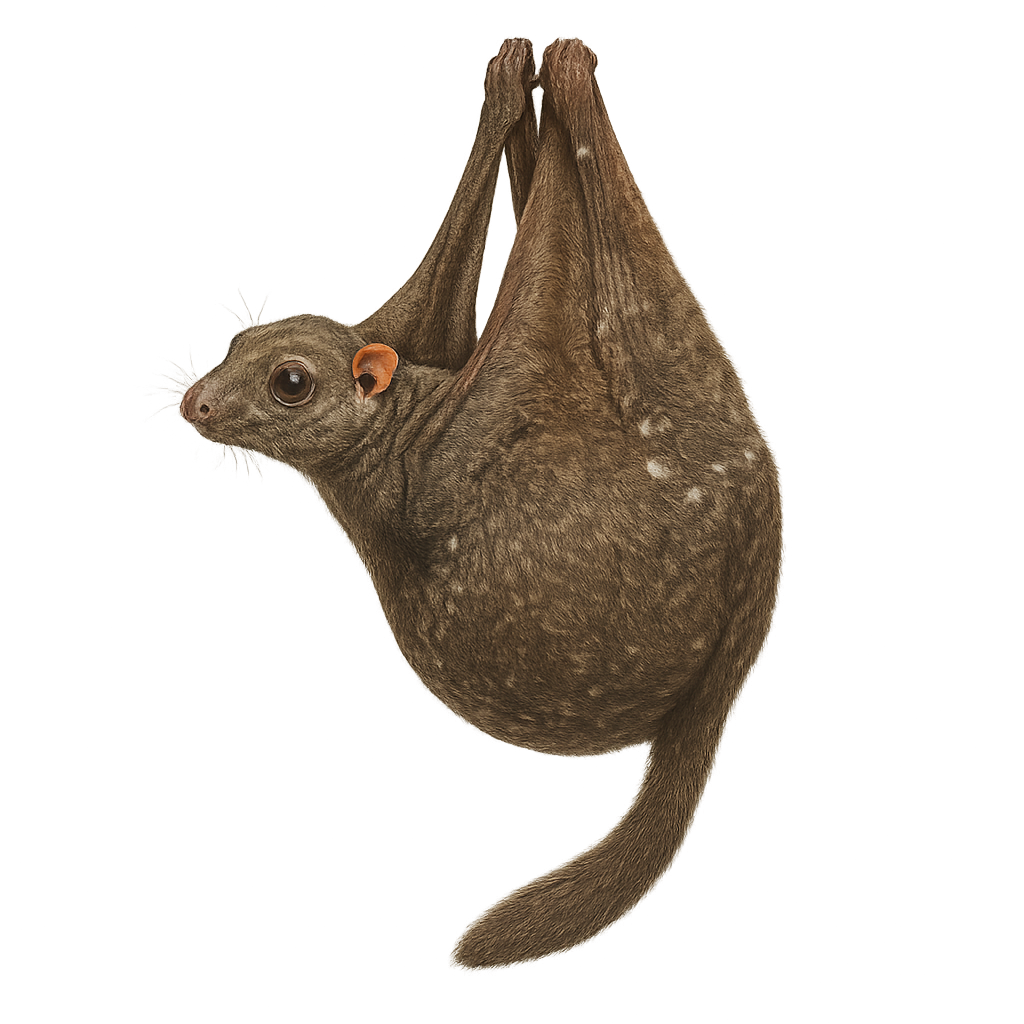Your wildlife photography guide.
Explore the colugo in detail, study its behavior, prepare your shots.
Where to observe and photograph the colugo in the wild
Learn where and when to spot the colugo in the wild, how to identify the species based on distinctive features, and what natural environments it inhabits. The WildlifePhotographer app offers tailored photography tips that reflect the colugo’s behavior, helping you capture better wildlife images. Explore the full species profile for key information including description, habitat, active periods, and approach techniques.
Colugo
Scientific name: Cynocephalus volans

IUCN Status: Least Concern
Family: CYNOPHYLLIDAE
Group: Mammals
Sensitivity to human approach: Suspicious
Minimum approach distance: 5 m
Rut period: October to November
Gestation: 60-62 jours
Births: December to January
Habitat:
Primary tropical forests, wooded areas
Activity period :
Mainly active at night, generally discreet during the day.
Identification and description:
The Colugo, also known as the flying lemur, is a small tree-dwelling mammal native to Southeast Asia. While not a true lemur, it is often called so due to its gliding abilities, which it performs using a thin membrane of skin that connects its limbs to its body. This gliding allows it to move efficiently from tree to tree in search of food, primarily consisting of leaves, fruits, and flowers. The Colugo is a nocturnal and rather discreet animal, using its dense fur and camouflage to blend into the forest environment.
Recommended lens:
400 mm – adjust based on distance, desired framing (portrait or habitat), and approach conditions.
Photography tips:
Photograph the Colugo in the trees using a telephoto lens, especially when it glides from tree to tree. Use soft, natural lighting, especially early in the morning or late in the afternoon, to capture the animal without disturbing its movements. Be discreet, as this nocturnal animal can easily hide in the foliage and can be difficult to spot.
The WildlifePhotographer App is coming soon!
Be the first to explore the best nature spots, track rutting seasons, log your observations, and observe more wildlife.
Already 1 430 wildlife lovers subscribed worldwide

